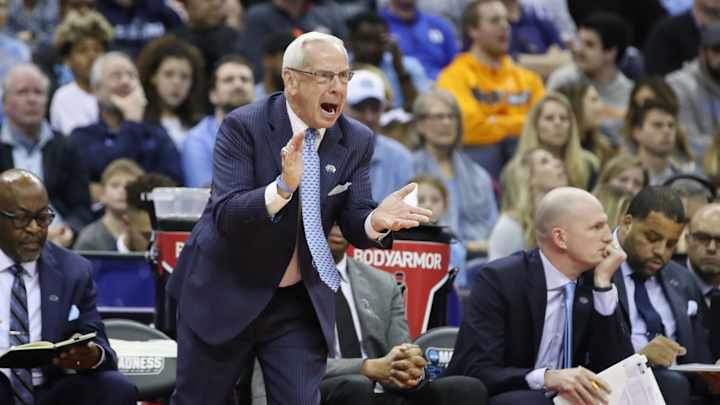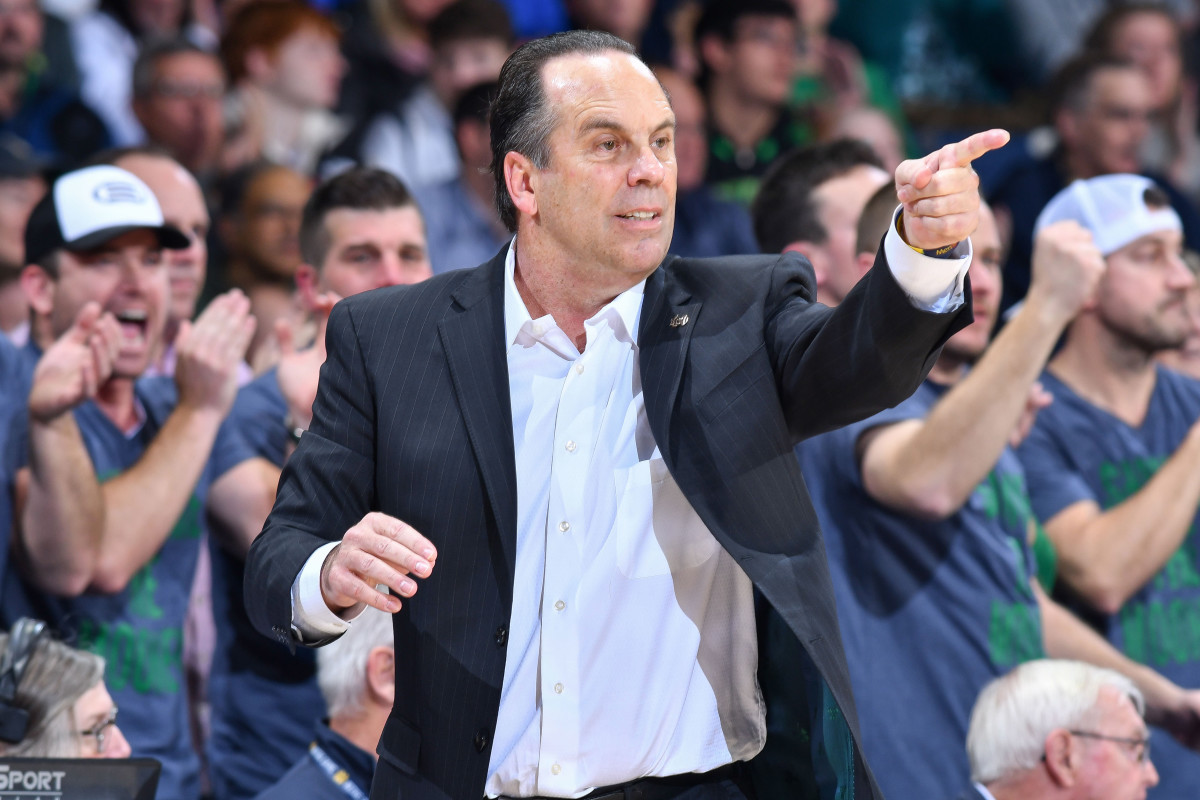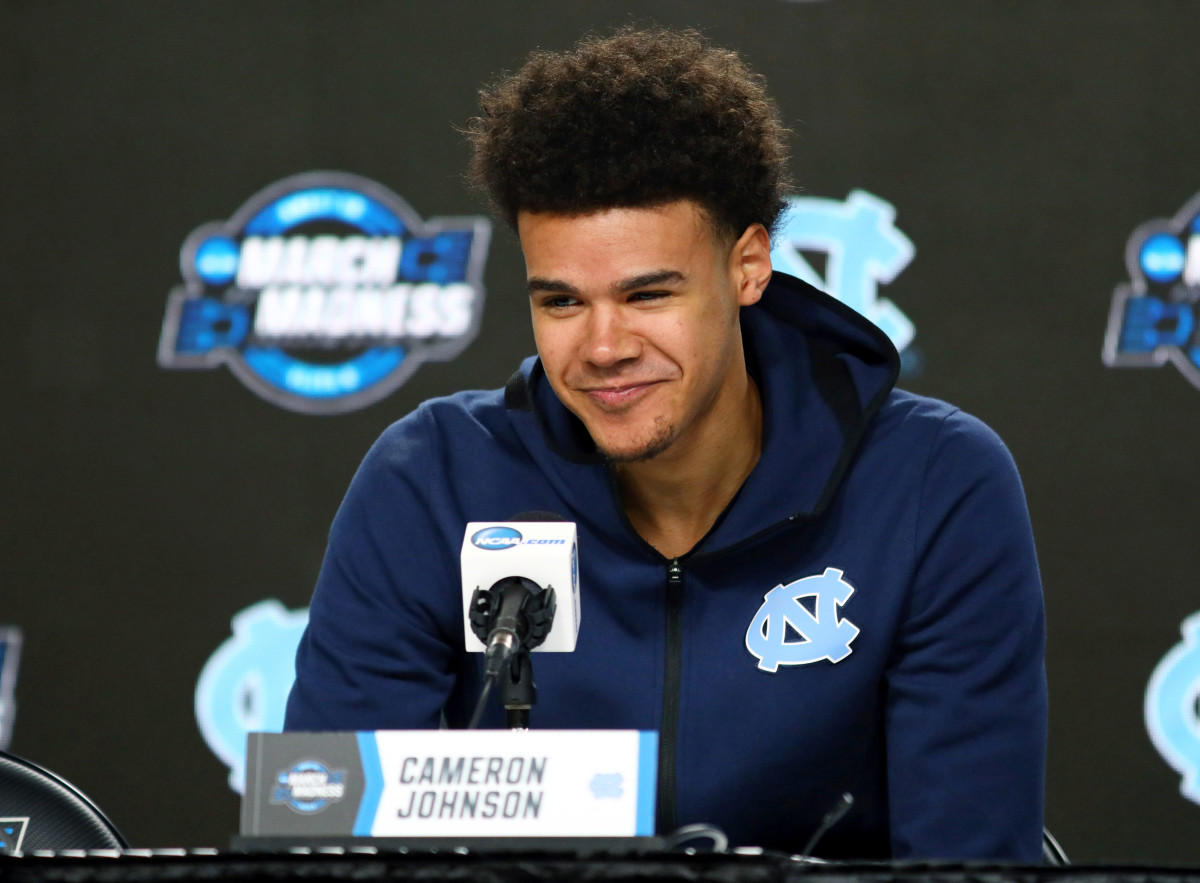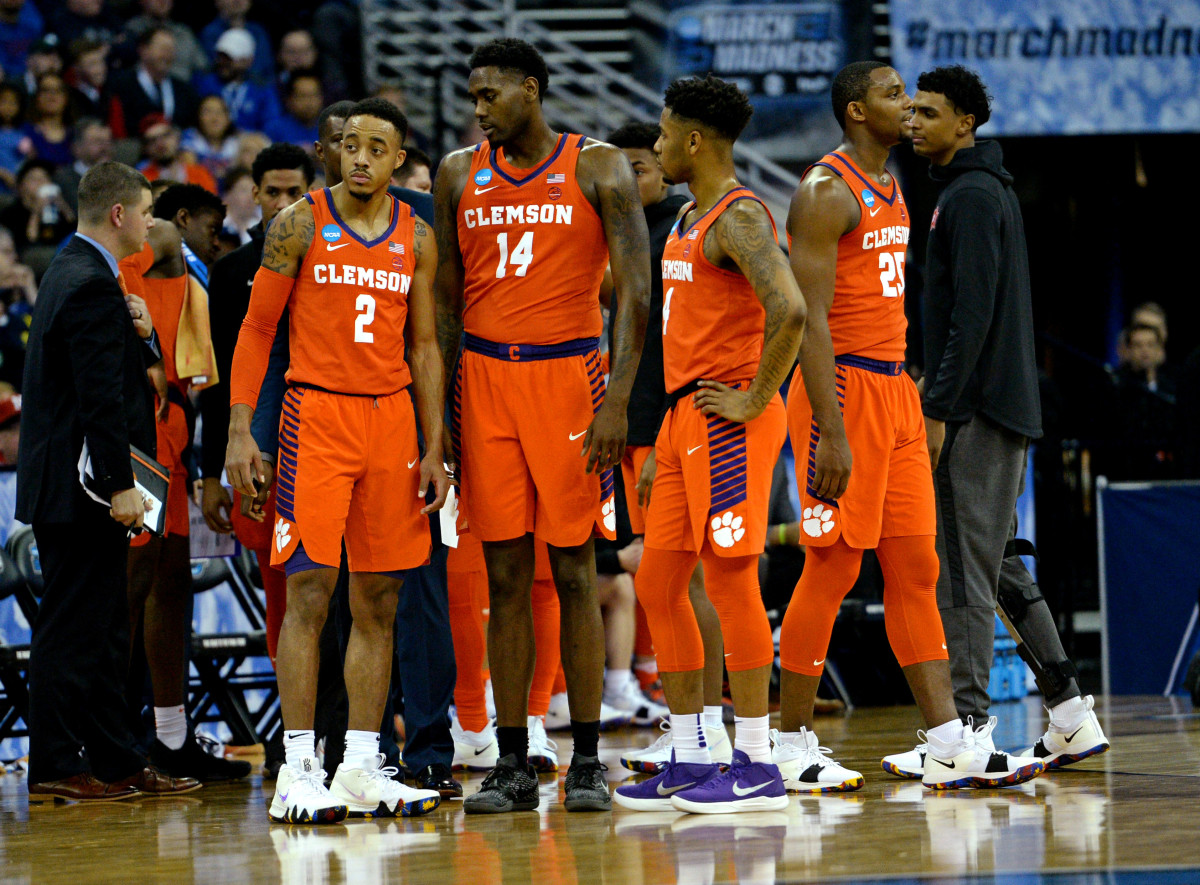They'll never truly embrace the transfer portal, but Roy Williams and other ACC coaches are learning to live with it

CHARLOTTE — One day this spring, Notre Dame assistant coach Ryan Humphrey walked into the office of Coach Mike Brey to let him know he was doing his due diligence in recruiting, beginning every morning by reading his Bible then checking out the NCAA transfer portal.
Never one to miss the chance at a snappy comeback, Brey replied, “Ryan, change the order.’’
Transfers have never been a staple of the Notre Dame program during Brey’s 20-year run leading the Irish, but lately, everyone is feeling the need to at least keep an eye on the transfer portal, whether it be for players taking the traditional route or graduates with one season of immediate eligibility.
The transfer market in men’s college hoops dwarfs the rest, as 29.1 percent of all players in Division I college basketball transferred in one way or another in 2018 according to NCAA stats.
In terms of players transferring from one four-year institution to another, that number was 14.3 percent last year, rising from 9.4 percent in 2004.

The movement of players from one program to another has even affected programs like North Carolina as the Tar Heels lost their first transfer in eight years when Seventh Woods left for South Carolina while two graduate transfers, Christian Keeling and Justin Pierce, arrived during a busy spring.
“It’s part of the game now and that doesn’t mean I have to like it,” Carolina coach Roy Williams said.
Going both ways
Williams has long taken pride in the fact that players rarely transfer out of his program, losing only four — all Californians who returned home — since he returned to Chapel Hill in 2003.
He’s been equally selective in taking transfers, having welcomed only Wes Miller, Justin Knox, Cameron Johnson and reserve Luke Davis over that period.

Given his pride in keeping guys, he also doesn’t want to become known as a coach taking a new crop from the portal every season.
“I’m really proud of a lot of things. Until Seventh Woods transferred, we were the only team in the country that had not had a transfer in eight years.
“Everybody in the country had a transfer in three years except for us, and we hadn’t had any in eight years, so I was very proud of that fact. If you’re proud of it that one way, you shouldn’t be interested in trying to go the other direction.”
Regardless of which direction Brey and Williams want to go with their programs, college basketball has gone in another, meaning they’re having to adapt or deal with major holes in their rosters.
Woods was gone, Coby White declared for the NBA Draft and Johnson and Kenny Williams both exhausted their eligibility, meaning Brandon Robinson and Andrew Platek were Carolina’s most experienced perimeter players on the roster and neither had played a major role in their careers.
Thus, the Tar Heels went out in search of guards and came up with two skilled scorers in Keeling and Pierce who had already filled the role they’ll be asked to play at Carolina.
Williams was honest about why he went after them.
“Need; we needed more guys,” he said. “I think that we needed people on the perimeter. Didn’t have as big a need up front.”
That’s precisely what got Clemson coach Brad Brownell into the transfer market originally, as the Tigers needed to add a mix of experience and talent.
He got all that and more in Shelton Mitchell, Marcquise Reed and Elijah Thomas as Clemson finished third in the ACC and advanced to the Sweet Sixteen in 2018.

That situation is particularly beneficial to a program like Clemson rather than Carolina, as transferring players are generally looking for a better basketball situation rather than the myriad of other things that matter to 17- and 18-year olds.
“The interesting thing in some of that is that sometimes those recruiting battles aren’t as difficult, there aren’t as many people trying to get them,” Brownell said. “They’re not doing it quite as long and oftentimes guys that are recruiting as a transfer, it’s about opportunity and it’s about a chance to go somewhere and fit into a place and really be coached, it’s about basketball in that way. We’ve had some success.”
So much success that Clemson welcomed five transfers — three graduates — this offseason.
An advantage for others
Brownell’s preference is still recruiting four-year players out of high school, but at this point, the portal just can’t be ignored.
“I think we all want to have good high school players in our program and we’re going to go after a handful of guys that we really feel good about, but I don’t think we want to compromise, either,” he said. “Instead of just taking players, we need to hold one (scholarship) and sometimes two and see if there’s somebody out there that becomes available because that’s clearly what happens now with the transfer portal.”
Luckily for Brey, he had one open this offseason when Cormac Ryan, a former top-100 recruit, entered the portal after his freshman season at Stanford.
The coach was on vacation when he found out, and immediately, he asked associate head coach Ron Balanis for Ryan’s phone number.
“That’s blood in the water man, give me his number,” Brey said. “The sharks are circling.”
Where Williams spent years building a relationship with freshman Cole Anthony, he only had weeks to decide whether Keeling and Pierce were players he wanted in his program and then persuade them to spend their final season in Chapel Hill.
That’s where connections help, as Keeling’s head coach at Charleston Southern, Barclay Radebaugh, played for former Tar Heel Eddie Fogler while former Carolina grad assistant Rick Duckett serves as an assistant for the Buccaneers.
Pierce played for two former Tar Heels, Tony Shaver and Jonathan Holmes, at William and Mary.
“It was not me just picking out a kid and saying, ‘OK now let’s find out about him,’” Williams said. “I talked to all those guys before we really made the offer.”
You gotta keep 'em
While much of the outcry regarding transfers has focused on the impatience of players and other generational factors, Brey pointed back at himself, recalling a Vic Bubas quote relayed to him by former DeMatha coach Morgan Wooten: “You gotta get ‘em, you gotta keep ‘em and you gotta coach ‘em.”
Lately, he thinks, some coaches are forgetting the part about keeping ‘em.
“I think there’s some responsibility on us to keep our guys,” he said. “Maybe you don’t have 13 on scholarship so guys see a path. Maybe you redshirt a guy here and there so he doesn’t see his eligibility burning in front of his very own eyes. I think there’s some impetus on coaches. We’re the first to kind of, ‘Oh, the portal and this generation and they transferred.’ I think we have some responsibility to keep our guys.”
Williams has been one of the few that’s largely kept ‘em, but he still found himself adding Keeling to his team on April 26 and Pierce on May 2.
No offense to those two — Williams said he’s “enjoyed the heck out of” them — but it’s a process he’d rather not repeat.
“We will always address it as need, but not initially, because I don’t want that,” he said. “I do it out of need and I’d much rather have a freshman kid because it’s more fun.”
Unfortunately for Williams though, it doesn’t seem transfers will slow down anytime soon.
“I don’t really know how we really ever wrap our arms around it,” Brey said. “The people that handle the transfers and the waivers spoke to the NABC board last May and they almost came in with their hands up like, ‘Please, give us ideas, because we don’t’ really have solutions to this.’ I don’t see this thing changing any time soon. I like the idea of the portal in that it can just get out there above board for the most part and you’re not back-channeling which was the old method.”
